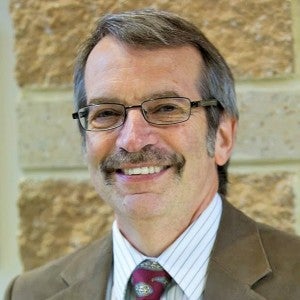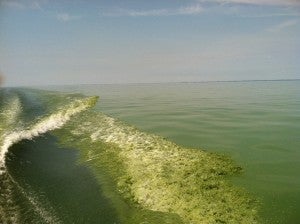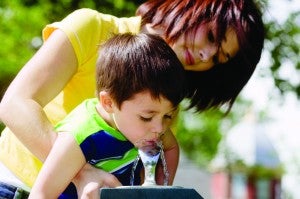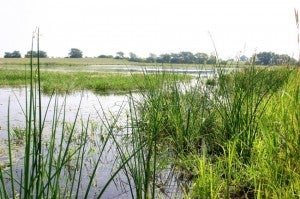It’s a tough time to be a dairy farmer. Nationwide milk prices are at record lows due to an oversupply of milk and changing consumer preferences, and the industry faces increasing public and regulatory pressure to reduce greenhouse gas emissions and improve water quality. These challenges hit home for the dairy industry in the Chesapeake Bay region.
Pennsylvania, Maryland and Virginia cannot meet U.S. EPA-mandated water quality goals without an all-hands-on-deck effort that includes dairy cooperatives, processors and farmers. This increases the pressure on the dairy industry, but it also creates an opportunity for the sector, with support from partners and other stakeholders, to show leadership.
A new open-source sustainability guide [PDF] provides a roadmap for the dairy industry to improve water quality and foster economic and environmental resilience at a critical moment. Read More











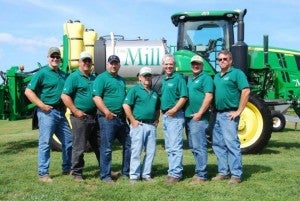 Land O’Lakes SUSTAIN® platform – a powerful tool that can make a real impact in improving regional water quality — is coming to the Chesapeake Bay.
Land O’Lakes SUSTAIN® platform – a powerful tool that can make a real impact in improving regional water quality — is coming to the Chesapeake Bay.